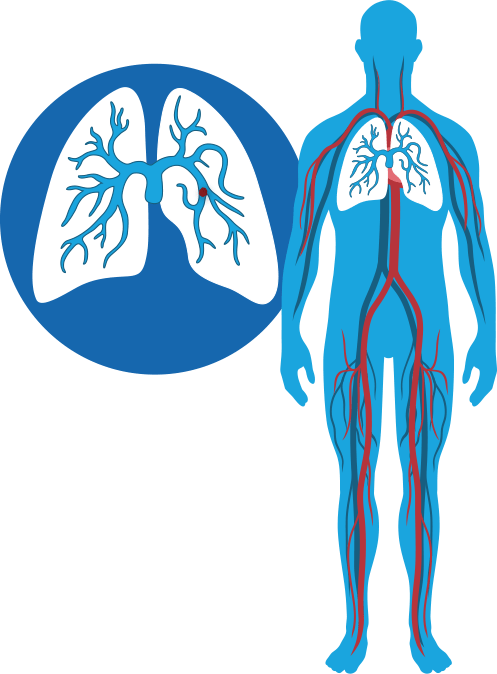How To Treat a Lipo/Faja Burn?
The first step to treating a lipo/faja burn is early identification. Normal bruising typically fades over the course of days. However, a burn will appear much darker & does not fade. If you notice signs of a burn do not panic. Speak with your doctor immediately & seek proper treatment. While treating a burn you should not wear a compression garment, abdominal board or foams. No direct pressure should be applied to the site as this could cause more damage. This includes massages.
Your doctor may prescribe a burn cream for you known as Silvadene, apply three times a day and cover with a dry sterile dressing. Once the wound opens, only cleanse with normal saline. Do not use alcohol or hydrogen peroxide, this can damage healthy tissue.
If needed, follow up with Hyperbaric oxygen therapy. This involves exposing the body to 100% oxygen at a pressure that is greater than what you normally experience. Wounds need oxygen to heal properly, and exposing a wound to 100% oxygen can speed the healing process. Look into other treatment modalities, research has shown that Manuka honey has many antimicrobial properties & promotes wound healing.
The progression of a burn will get worse before it gets better. It will be frustrating but with patience & the proper treatment it will heal overtime





